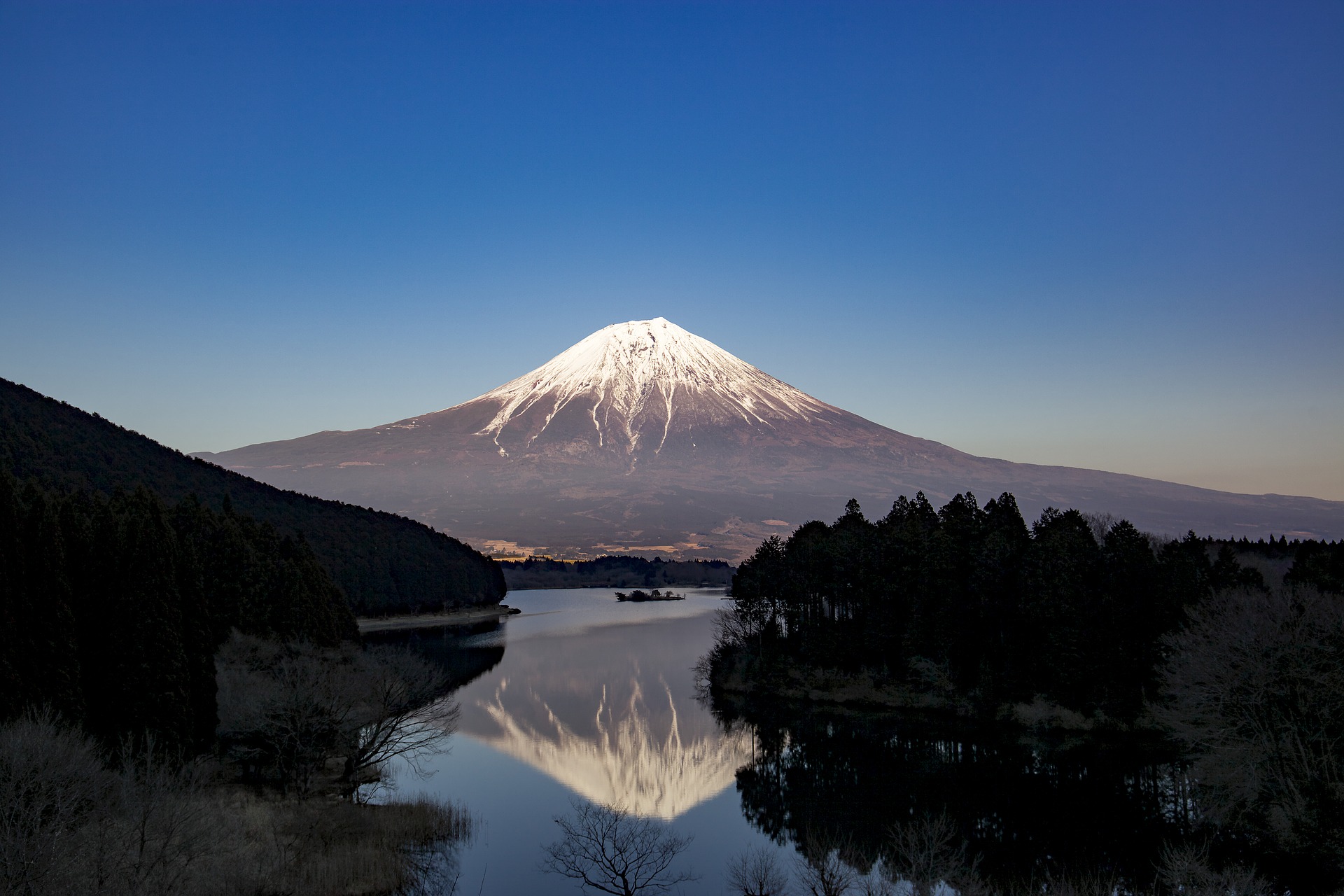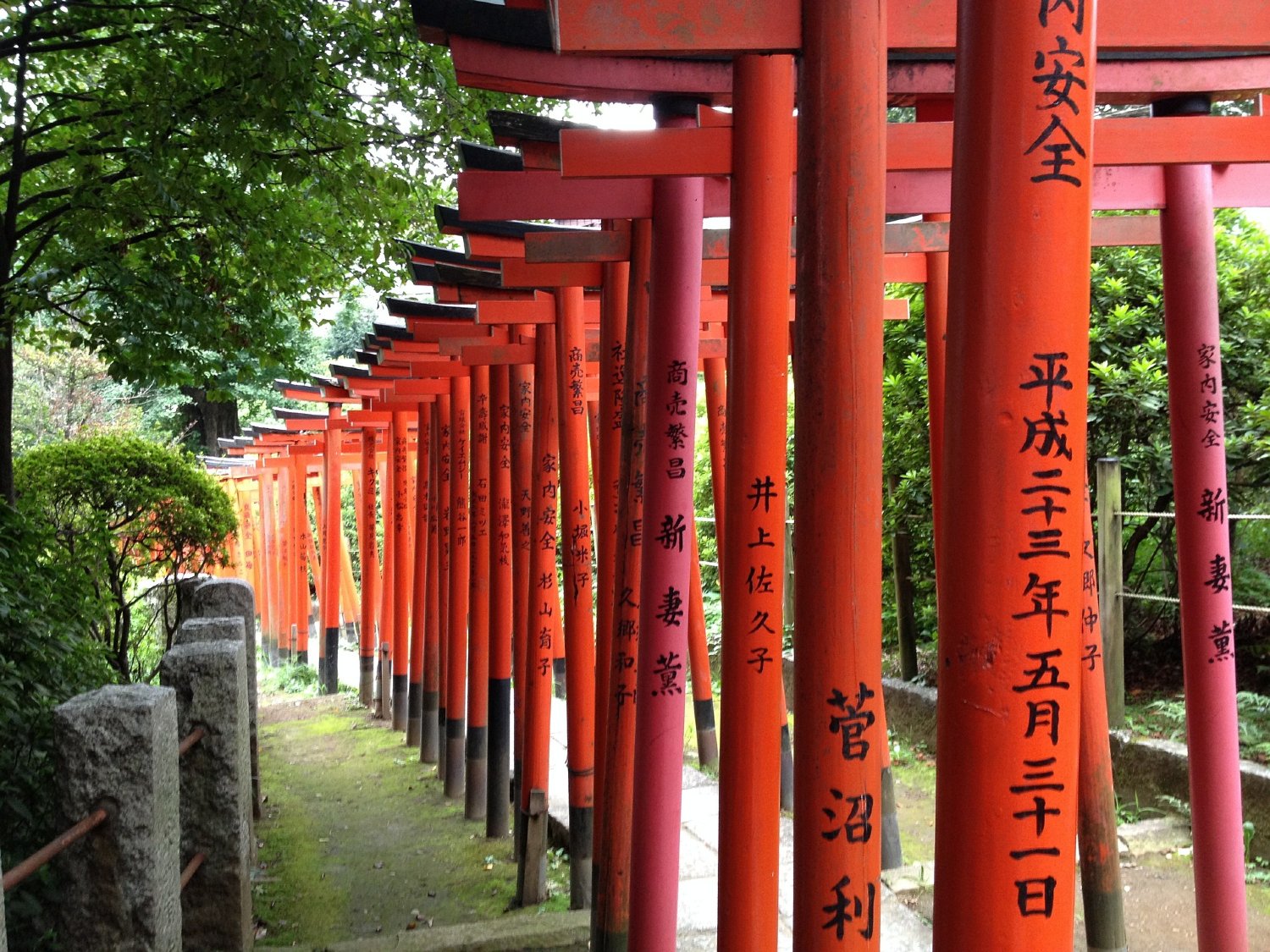Japan is one of the most interesting places in the world. This fascinating country has a unique blend of old and new—Tokyo is a bustling hub of modern technology, while Kyoto has centuries-old temples and ancient traditions. Rich history and culture, an endless variety of experiences, breathtaking views, and mouthwatering cuisine make Japan a top travel destination. Before you book your next vacation, be sure to read our Japan travel guide for everything you should know about traveling to Japan!
When to Go
Japan offers an endless array of adventures that’ll appeal to everyone. When you visit plays a big part in your itinerary. Spring and fall are generally considered the best seasons for Japanese travel.
Spring
During spring, the iconic cherry blossoms bloom throughout the country. In some places, the flowers begin to open as early as January and as late as May, but most blossom in March and April. There are countless festivals celebrating the annual event, and the cities are lined with delicate petals, from pearly white to hot pink. The weather is warm and dry, and the atmosphere is overall very pleasant. The only problem with spring travel is the crowds—this is not the time for those seeking some peace and quiet. It gets particularly busy around the “Golden Week”—a week in April and/or May when four national holidays take place. You’ll find many locals traveling throughout the country themselves.
Fall
Fall also sees pleasant temperatures but less crowds. There are plenty of traditional festivals to take part in, and the landscape becomes a colorful canvas of vibrant hues.
Summer
Traveling to Japan in the summer is not generally recommended—of course this isn’t to say you definitely shouldn’t travel during this time! The summer is hot and humid, with a month of heavy rain (mid-June to mid-July). If you’re planning a beach vacation, then the heat isn’t such a bad thing. This is also the time you must go if you’re planning to climb Mount Fuji. The climbing season is short—from mid-July to early September—so if you dream of reaching the peak, a summer excursion is a must.
Winter
As for the winter, Japan is a hidden gem when it comes to skiing and snowboarding—it has some of the best in the world! Crowds are sparse, and you’ll feel like you’re in a fairytale as blankets of shimmering snow cover the charming towns. It’s also the perfect time to soak in an onsen (hot spring).
Cost
The one and only downside to Japan is it’s notoriously expensive. Budget travel is possible, but you must also be realistic. Regardless, a journey to Japan is worth it, so save up in advance to make the most of your trip. Food is a great way to save money. There are a lot of inexpensive yet delicious selections, especially for breakfast. Grab a bite to eat at a 7-Eleven or Family Mart. It’s not like what you’re used to in the U.S.; they offer impressive fresh food options that even the locals love! Another way to make sure you don’t break the budget is by taking advantage of the free activities Japan has to offer. Parks are free, as are many museums.
Accommodations
Accommodations are another area that can get expensive, but luckily there’s plenty of options for every price range. If you’re looking to save, stay at a hostel. If you want to splurge, take your pick of one of the many luxurious hotels. If you want to truly connect with the culture, book a stay at a ryokan—a traditional Japanese inn.
Transportation
Japan has some of the most efficient transportation in the world. The trains are among the best and are extremely convenient. The only problem here is price. Buses are an option, but they’re not very comfortable or time-effective for long journeys. The subway is a great, budget-friendly way to travel throughout a city. But if you’re planning on journeying to multiple cities, then a Japan Rail Pass is your best bet. The passes come in 1, 2, or 3-week options, and you pay one fee upfront. The pass is good on all Japan Rail trains, and JR buses, ferries, and even a few non-JR trains, too. It’s well worth the price for long distance travel—if you’re planning a trip from Tokyo to Kyoto, this pass will already have saved you money! You can purchase the pass before you embark on your trip, making for a stress-free experience.
Where to Go
Many travelers number one question is what to do in Japan. The possibilities are never-ending. As far as places, Tokyo has so much to see and do, and the city is an experience in and of itself. It has an exhilarating, fast-paced vibe, and you’ll feel like you’ve traveled to the future. Mount Fuji is perfect for the adventure seekers. This 12,388 foot-mountain offers a rewarding climb and views that simply can’t be beat. Of course Kyoto is a must-see; it’s fast become a favorite travel destination of tourists across the globe. There’s an unparalleled beauty here, found in the rich history and culture, stunning ancient temples, and laid-back way of life. The backdrop is beautiful no matter the time of year, whether it’s blooming with fragrant cherry blossoms, covered in pure white snow, or set against the vibrant fall foliage. The lively port city of Osaka is an exciting destination, too. Taking in the sights, sounds, and smells of the busy streets will leave you breathless in the best way. While there, check out the magnificent Osaka Castle. There’s also plenty to do, regardless of location. Belt out a tune at a karaoke bar, keep an eye out for geishas, dine on sashimi and ramen, and hit up a baseball game—a national pastime.
Safety
Japan is known for being an extremely safe place. Crime is very low, and it’s not something you need to actively worry about. Of course, you should be aware of your surroundings and personal items—as you would while traveling in any country—but you can rest easy knowing crime is uncommon.
Etiquette
When exploring a new place, it’s always important to look into the country’s customs and norms—and it’s no different when traveling to Japan. Locals pride themselves on their politeness and etiquette, and it’s crucial to take note of what that entails. You don’t want to offend anyone during your travels. For example, pointing is considered rude, as is walking while you eat and blowing your nose in public. Slurping your meal is seen as polite, and shows that you enjoy it. It’s also common courtesy to take off your shoes in many places; if an entryway has a step up, that indicates you should remove them. Research proper etiquette to learn more about what’s expected in Japan.
















As Japan’s former-capital, Kyoto is famous for its variety of classical Buddhist temples, imperial places, Shinto shrines, and traditional wooden houses. Here are 10 unforgettable things you can add to your next trip to Japan.